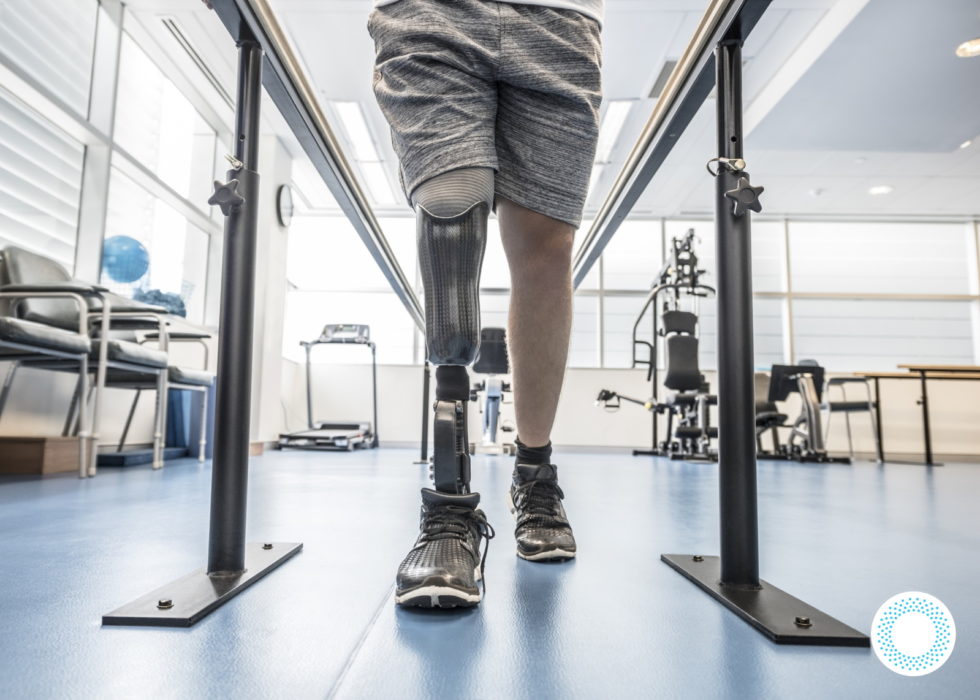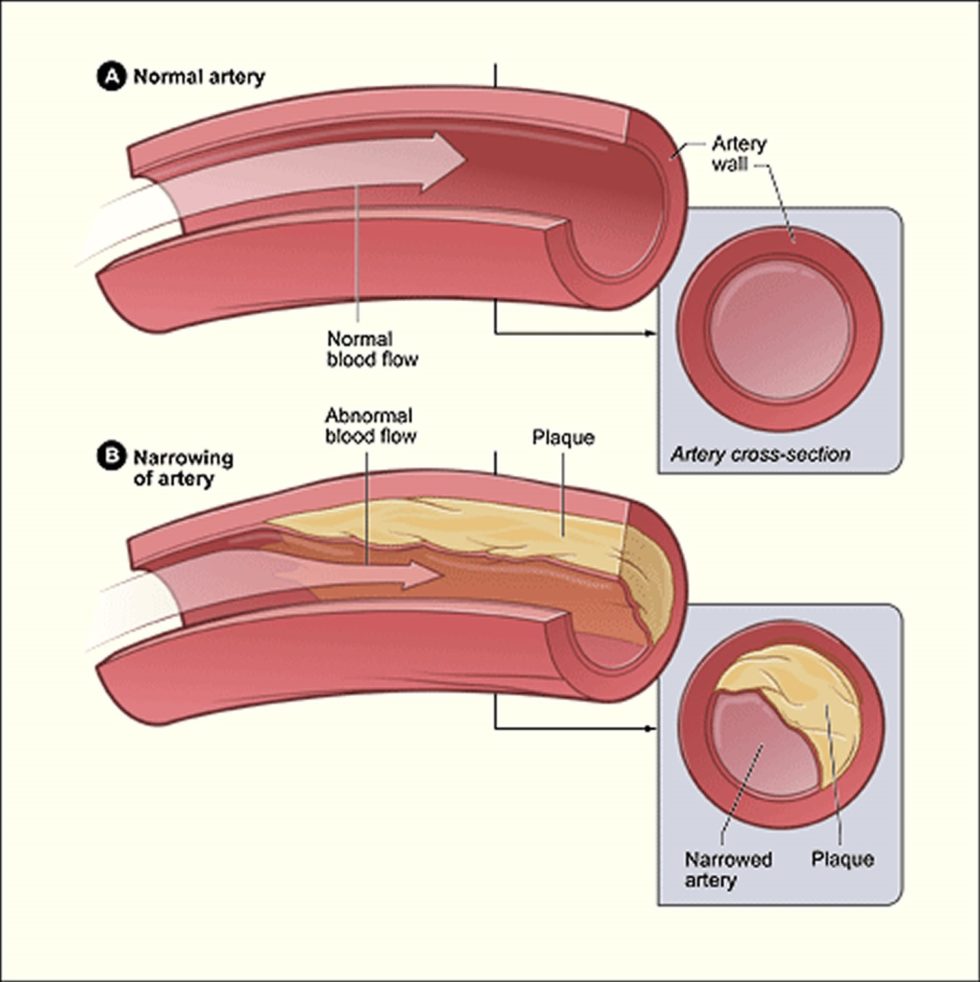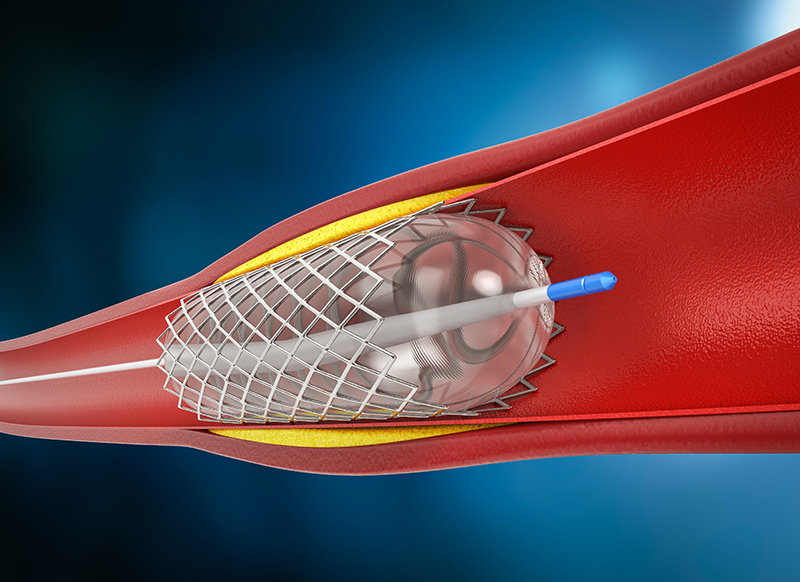Spotlight on Amputation Prevention for Limb Loss and Limb Difference Awareness Month
Author: StrideCare Internal Team

Potential Impact of Limb Loss and Limb Difference Awareness Month
Limb Loss and Limb Difference Awareness Month was started in 2010 by the Amputee Coalition to recognize those living with limb loss and to raise awareness about amputation prevention. To date, they have 350 support groups in their network and more than 1,000 certified peer visitors across the country. They reach thousands of people across the country through a dedicated resource center, peer support matching, advocacy, and communication.
Along with that are the countless partnerships with medical professionals and groundbreaking organizations that save limbs and lives. More than 185,000 amputations are performed each year. Hospital costs associated with amputations total more than $8 million each year. In many times, leg amputation is necessary and unavoidable. But if this is the diagnosis you’re facing, there are potentially other options. Interventional radiologists can prevent leg amputation and promote limb salvage by treating the underlying conditions that put a patient in this position in the first place.
Amputation Prevention is Possible Even with These Symptoms
- Chronic wounds and open sores that won’t heal
- Debilitating leg pain while walking
- Skin color and texture changes in legs and feet
- Rash and leg hair loss
- Dry, scaly, flaky, itchy, or leathery skin
- Skin that is warm to the touch
- Aching in feet or toes when resting
- No pulse or weak pulse in legs and feet
- Cold legs and feet
Our veins and arteries are an interconnected web that helps push blood and oxygen throughout our body. As we get older, veins can weaken, develop faulty vein valves, or don’t work as well as they used to. Arteries can develop plaque buildup over time that impairs blood flow. Compounding those problems is everything from genetics to chronic illnesses and unhealthy lifestyles such as poor diet, smoking, and lack of exercise.
This is a big reason why an average of one in every three adults over the age of 45 develops some form of vein disease. Venous insufficiency can also affect men and women in their 20s and 30s. If your doctor tells you that your situation has progressed to the point where leg or foot amputation is recommended, depending on the case you may have other options. There are ways to prevent leg amputation due to vascular issues—even for patients at an advanced stage—by clearing blockages in the arteries removing plaque that is causing decreased blood flow.

Amputation Prevention Treatments
A key element of Limb Loss and Limb Difference Awareness Month is to bring together leading medical, public health, and patient advocacy groups to sponsor the observance of this important initiative, increase knowledge among the medical community, and spur advancements in technology aimed at diagnosis, treatment, and prevention.
At StrideCare, we employ minimally invasive treatments that can dramatically increase blood flow.

- Angioplasty — A balloon system for narrowed or blocked arteries. It is one of the first procedures recommended for PAD patients. Your doctor inserts a catheter through a small incision and advances it to the affected artery.
- Atherectomy — Advanced laser technology clears away plaque and any additional buildup of deposits on large blood vessels. An atherectomy can be performed by itself or in combination with angioplasty and stunting.
- Stenting — A small mesh tube is used to keep a closed-off blood vessel open for the long term. This allows oxygenated blood to easily flow from the heart and significantly reduces the chances of a blockage reoccurring.
Interventional radiologists like the team here at StrideCare understand that foot and leg amputation is a concern for patients. We are routinely called upon to expertly diagnose this condition and craft a treatment plan that works for you and can promote limb salvage.
StrideCare Can Help Patients Avoid Leg Amputation
While foot or leg amputation is the only option for many patients, it doesn’t have to be for everyone. By treating the underlying causes of leg pain and chronic wounds due to vascular diseases, we can prevent leg amputation and give our patients a new lease on life.
StrideCare is the leader in advanced artery and vein condition diagnosis and treatment. No matter what stage of the disease, today’s minimally invasive procedures end pain, discomfort, and embarrassment. We treat everything from spider veins and problem varicose veins to more advanced conditions such as peripheral arterial disease and diabetic foot ulcers. The vascular physicians at StrideCare are board-certified diagnostic radiologists with additional fellowship training in vascular and interventional radiology.
Artery and vein disease can be very treatable with our effective, state-of-the-art medical technology.
Prior to starting any new treatment or questions regarding a medical condition, always seek the advice of your doctor or other qualified health provider. This information is not a substitute for professional medical advice.
StrideCare serves the South Texas area including Houston, San Antonio, Austin, Round Rock, Bastrop, Brushy Creek, Cedar Park, Converse, Georgetown, Hutto, Kyle, Leander, Marble Falls, New Braunfels, Pasadena, Pearland, Pflugerville, San Marcos, Schertz, Houston, Sugar Land, Katy, Webster, Bay City, Clear Lake, Lake Jackson, The Woodlands, Universal City, Spring, Kingwood, Stafford, Conroe, Texas City, Cypress, League City, Bellaire, and more.


